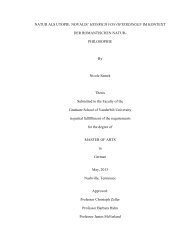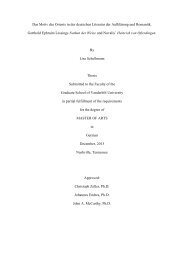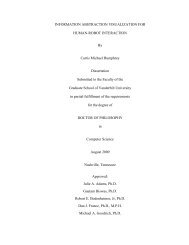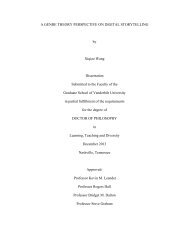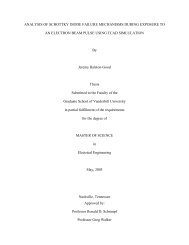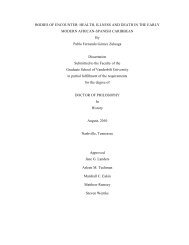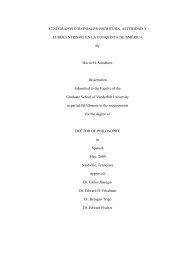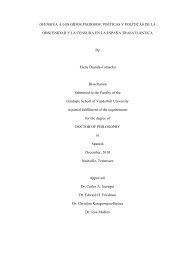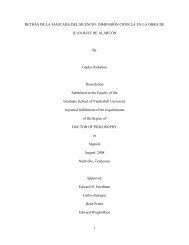EVIDENCE OF ACCRETION-GENERATED X-RAYS IN THE YOUNG ...
EVIDENCE OF ACCRETION-GENERATED X-RAYS IN THE YOUNG ...
EVIDENCE OF ACCRETION-GENERATED X-RAYS IN THE YOUNG ...
You also want an ePaper? Increase the reach of your titles
YUMPU automatically turns print PDFs into web optimized ePapers that Google loves.
exhibiting this plasma) was much smaller than what is observed for normal coronal<br />
X-ray sources. They concluded that the plasma generating these spectral features<br />
likely arises from accretion hotspot(s) on the stellar photosphere. With the derived<br />
electron density and using an assumed filling factor and accretion stream velocity, the<br />
accretion rate was calculated for this object.<br />
The X-ray spectrum of YSOs can also yield information about the circumstellar<br />
environment. The most notable example is the fluorescence of “cold” iron (iron that<br />
is weakly ionized) in the cirumstellar disk. Iron emission lines are often observed<br />
in the X-ray spectra of YSOs in the 6.7–7.0 keV range. This feature is the He-like<br />
Fe K↵-line triplet at 6.64, 6.67, and 6.70 keV. More recently, a neutral iron K-↵<br />
doublet at 6.4 keV has been observed in the spectra of some YSOs, including those<br />
that are heavily embedded. These emission lines are the result of higher-energy X-ray<br />
photons (energy 7.11 keV) weakly ionizing iron atoms or ions through the removal<br />
of a 1s electron. Imanishi et al. (2001) provided the first detection of the neutral iron<br />
doublet in the X-ray spectrum of a deeply embedded YSO when observing YLW 16A<br />
in ⇢ Ophichus (Fig. 8), and this feature was also detected in the X-ray spectrum of<br />
objects, such as V1647 Ori (Grosso et al., 2005; Teets et al., 2011) and seven sources<br />
in the ONC (Tsujimoto et al., 2005).<br />
31



